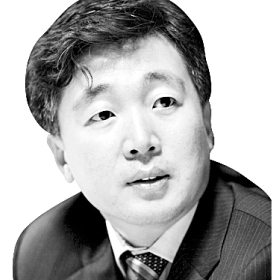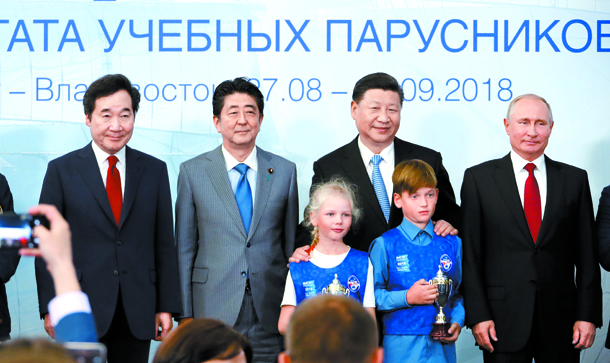A mission impossible?

The author is an editorial writer at the JoongAng Ilbo.
Prime Minister Lee Nak-yon, who is scheduled to visit Japan in a week, is likely feeling heavy pressure. Anticipation is growing that Lee, known for his close network of influential figures in Japan, will meet with Prime Minister Shinzo Abe, whom he built a friendship with for over a decade, to reach a breakthrough in the strained Korea-Japan relations. But it is a “mission impossible” to untangle the extremely complicated conflict all at once, even for a man with great capabilities.
The fact that Lee is visiting Japan itself shows the complex nature of the situation. According to an official of the Prime Minister’s Office, the government had waited until the last moment to decide whether the prime minister or the president would go. Seoul suggested to Tokyo the idea of Korea and Japan ending their economic retaliations and withdrawing its decision to end the General Security of Military Information Agreement (Gsomia) with Japan before President Moon Jae-in visits Japan. Some say that National Intelligence Service Chief Seo Hun moved to arrange the deal to patch up the bilateral conflict. But Japan insisted on its original position that there will be no change unless the forced labor issue is resolved first, and so Korea decided to send Lee, the sources said.
During my trip to Japan in mid-July, a Japanese official said, “Japan made it clear that Japanese companies must not suffer damages [as a result of the Korean Supreme Court’s ruling ordering Japanese companies to compensate for Korean forced labor during World War II]. Korea also takes the position that the court’s decisions should be respected. Neither side wants to concede. There is an opinion inside Japan that Japanese firms pay compensation to the plaintiffs first and then the Korean government will later reimburse the money. Is Korea willing to accept this?”
So I replied, “In that case, it will make the forced labor victims’ victory in their court battles against the Japanese firms meaningless. Not only will the plaintiffs not accept it, but the Korean public will not accept it.”
Negotiations have taken place since then, and I do not know the details. But Japanese media, including the Tokyo Shimbun, reported that the idea is being discussed between the two countries. Of course, the Korean government cannot accept Japan’s proposal as it is.
Then what can we do? I believe Japan’s proposal can be a part of a step-by-step resolution. Based on this, we can make counter-proposals when Lee visits Japan.

Prime Minister Lee Nak-yon, left, and Japanese Prime Minister Shinzo Abe, second from left, take a photo with Chinese President Xi Jinping and Russian President Vladimir Putin at an award ceremony in Vladivostok for the Far East Cup International Regatta on Sept. 12, 2018. [YONHAP]
It may seem difficult for now. But a mood will soon be created when leaders of the two countries will take concrete steps to restore bilateral relations, and frozen public sentiments can be thawed.
Of course, it is impossible for Prime Minister Lee to discuss specific resolutions and reach a conclusion during his brief meeting with Abe.
It is also clear that officials will be able to create a resolution when the leaders of the two countries show strong will and determination. Therefore, it is Lee’s job to clearly deliver Korea’s intention to improve ties and persuade Abe that the Korea-Japan relations must not be abandoned.
In May, Lee said there is a limit for the Korean government to present a solution on the matter because the administration cannot intervene in the judicial process.
Tokyo interpreted it as Seoul’s rejection to have a consultation based on Article 3 of the 1965 Claims Settlement Agreement and took the next step of demanding a mediation by an international arbitration body. And then Japan rushed to issue economic retaliations.
Lee must change his language and say, “There is a limit to what the government can do, but the government will put in its maximum efforts.” He also needs to win the same promise from Abe. That’s not entirely a “mission impossible” for Lee.
JoongAng Ilbo, Oct. 15, Page 30










with the Korea JoongAng Daily
To write comments, please log in to one of the accounts.
Standards Board Policy (0/250자)